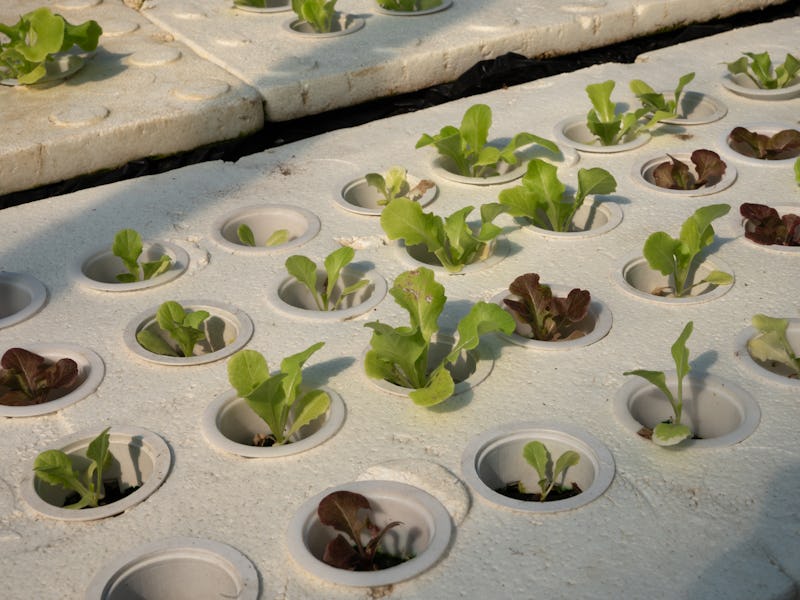Researchers Created the “Ideal” Astronaut Diet And Turned It Into This Salad Recipe
Numerous plants have proven tough enough to grow in space.

Though floating among trillions of stars, the International Space Station (ISS) will probably never earn even one Michelin star. The epitome of efficiency, astronaut cuisine prioritizes nutrient density and minimal waste.
But expanding capabilities in space exploration are bringing a burgeoning need to develop nutritious and, yes, tasty meals that can fuel astronauts without taking up too much real estate or energy. Using the latest data on astronaut nutritional needs and space agriculture, researchers in the U.S., U.K., Spain, and Australia created what they are calling the optimal space food, which they made into a salad. The researchers published their results (which conveniently doubles as a recipe) in the journal ACS Food Science & Technology in December 2023.
Space salad
The ISS has grown its own vegetables since 2014 using a plant growth system called Veggie. This paper synthesizes our abilities to grow fresh produce in space with our understanding of astronaut nutritional needs to provide optimal meals to those already in space as well as future interplanetary travelers. To devise the meal, the team took into account space farming needs, astronauts’ caloric needs, and sustainability. One giant caveat: This recipe only caters to male astronauts’ needs. As with scientific research in so many other fields, there’s far more information on male astronauts’ physiology than females’, though the team says it is devising another recipe for female astronauts.
After producing a solid list of foodstuffs that could thrive in space, the paper’s senior author Volker Hessel, professor of sustainable chemical engineering at the University of Adelaide in Australia, and his team tried one version of their recipe. “It tastes fresh and healthy,” he tells Inverse in an email.
The list includes sweet potatoes, chard, kale, soybeans, garlic, spinach, quinoa, and poppy, as well as beef, salmon, trout, clams, and chicken spread (yum). Plants, the researchers say, are great options because, in addition to boasting many essential nutrients, they don’t create waste. They prioritized plants that didn’t require excess resources to thrive and could also weather cosmic rays, vacuums, and microgravity.
As we’ve advanced space exploration, wheat, lettuce, peppers, tomatoes, and strawberries have proven tough enough to grow in space. Researchers can also genetically modify crops so they’re more suitable for space growth and travel. The Hangjiao 1 pepper, for example, contains 183 percent more vitamin C than an ordinary pepper. The “space marigold” has a flowering period extended from two months to nine months.
While a space veggie garden may seem outlandish and impractical, this paper emphasizes that food growth would actually enable long-term missions with less bulk from food packaging. Of course, growing produce would require significant amounts of water, even considering all the water recycling currently practiced on the ISS.
Zero-G Gourmet
Astronauts have different dietary needs because of the unique stresses assailing their bodies. Vibration, weightlessness, cosmic radiation, circadian rhythm changes, and the sheer strain that comes with living in close quarters miles from your home planet in the middle of an airless, infinite void all affect caloric needs. Living in space also leads to structural and functional changes in bones and muscles, which makes maintaining a nutritious diet even more important. Loss of bone density in spaceflight is another typical challenge for astronauts, so calcium and vitamin D are especially vital.
As humans forge ahead with space exploration, either on the ISS or Mars bases, we’ll need to fuel our bodies and minds to fuel interplanetary travel.
This article was originally published on